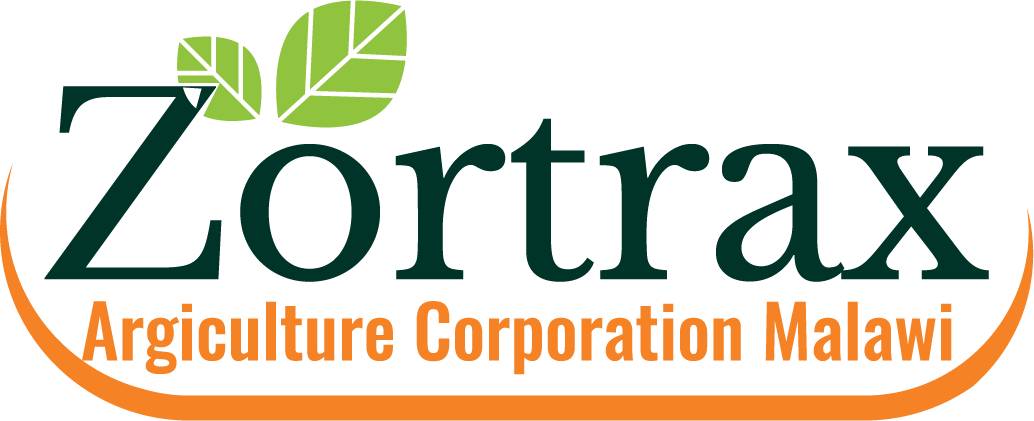Essential Factors to Consider When Planning a Greenhouse Project
Greenhouse farming has gained popularity due to its ability to provide controlled growing conditions, extend growing seasons, and improve crop yields. However, setting up a successful greenhouse requires careful planning to maximize efficiency and profitability. Below are key factors to consider before starting a greenhouse project.
1. Choosing the Right Location
The location of your greenhouse plays a crucial role in determining its success. Consider the following:
- Sunlight Exposure – Choose a site that gets at least 6-8 hours of direct sunlight daily.
- Wind Protection – Avoid areas with strong winds or build windbreaks to protect the structure.
- Accessibility – Ensure the greenhouse is near roads, water sources, and power supply for easy operation.
- Drainage – Select a well-drained area to prevent waterlogging and root diseases.
2. Selecting the Appropriate Greenhouse Structure
There are different types of greenhouse structures, and the choice depends on your budget, climate, and crop needs. Common greenhouse types include:
- Tunnel Greenhouses – Affordable and easy to construct, suitable for small-scale farmers.
- Gothic Arch Greenhouses – Designed for better airflow and snow resistance.
- Polycarbonate Greenhouses – Provide better insulation and durability than plastic film greenhouses.
- Glass Greenhouses – More expensive but offer excellent light transmission and longevity.
3. Understanding Climate Control and Ventilation
Proper climate control ensures optimal growth conditions inside the greenhouse. Consider:
- Temperature Regulation – Use shade nets, cooling fans, or heaters depending on climate conditions.
- Humidity Control – Maintain the right humidity levels to prevent plant diseases.
- Ventilation – Install side vents, roof vents, or exhaust fans to regulate air circulation.
4. Selecting the Right Crops
Not all crops thrive in a greenhouse environment. Choose crops based on:
- Market Demand – Grow crops that have high demand and profitability.
- Climate Suitability – Some crops require more heat, while others thrive in cooler conditions.
- Growth Duration – Consider the maturity period to plan for successive planting.
Common greenhouse crops include tomatoes, cucumbers, peppers, lettuce, herbs, and strawberries.
5. Irrigation and Water Management
Water is essential for greenhouse farming, and efficient irrigation methods are necessary for healthy plant growth. Options include:
- Drip Irrigation – Saves water and ensures direct supply to plant roots.
- Overhead Sprinklers – Suitable for leafy vegetables but may increase humidity.
- Hydroponic Systems – A soil-less option that delivers nutrients directly to plant roots.
6. Soil and Nutrient Management
If using soil-based greenhouse farming, ensure proper soil health by:
- Testing soil for pH levels and nutrient composition.
- Using organic manure or fertilizers to improve soil fertility.
- Practicing crop rotation to prevent soil depletion and pest buildup.
7. Pest and Disease Control
Greenhouses create a favorable environment for pests and diseases. Implement preventive measures such as:
- Installing insect nets and using organic pesticides.
- Practicing proper sanitation by removing infected plants.
- Using biological pest control methods like introducing beneficial insects (e.g., ladybugs).
8. Budgeting and Cost Considerations
The cost of setting up a greenhouse depends on factors such as size, materials, and automation systems. Plan your budget carefully to include:
- Initial setup costs (materials, labor, irrigation system).
- Ongoing operational costs (water, electricity, fertilizers, labor).
- Emergency funds for unforeseen maintenance or repairs.
9. Compliance with Regulations
Check with local agricultural authorities to ensure compliance with:
- Land use and zoning regulations.
- Water usage permits.
- Environmental guidelines for sustainable farming.
10. Marketing and Business Strategy
Before investing in a greenhouse project, have a clear marketing strategy:
- Identify your target market (supermarkets, restaurants, local farmers' markets).
- Explore value addition (e.g., packaging, organic labeling).
- Utilize digital marketing to reach potential customers online.
Conclusion
Planning a greenhouse project requires careful consideration of multiple factors, including location, structure, climate control, irrigation, and budgeting. With the right approach, greenhouse farming can be a profitable and sustainable investment.
Would you like a customized greenhouse farming plan for your specific needs? Let us help you get started!
James Wanalo
Leave a comment
Your email address will not be published. Required fields are marked *
